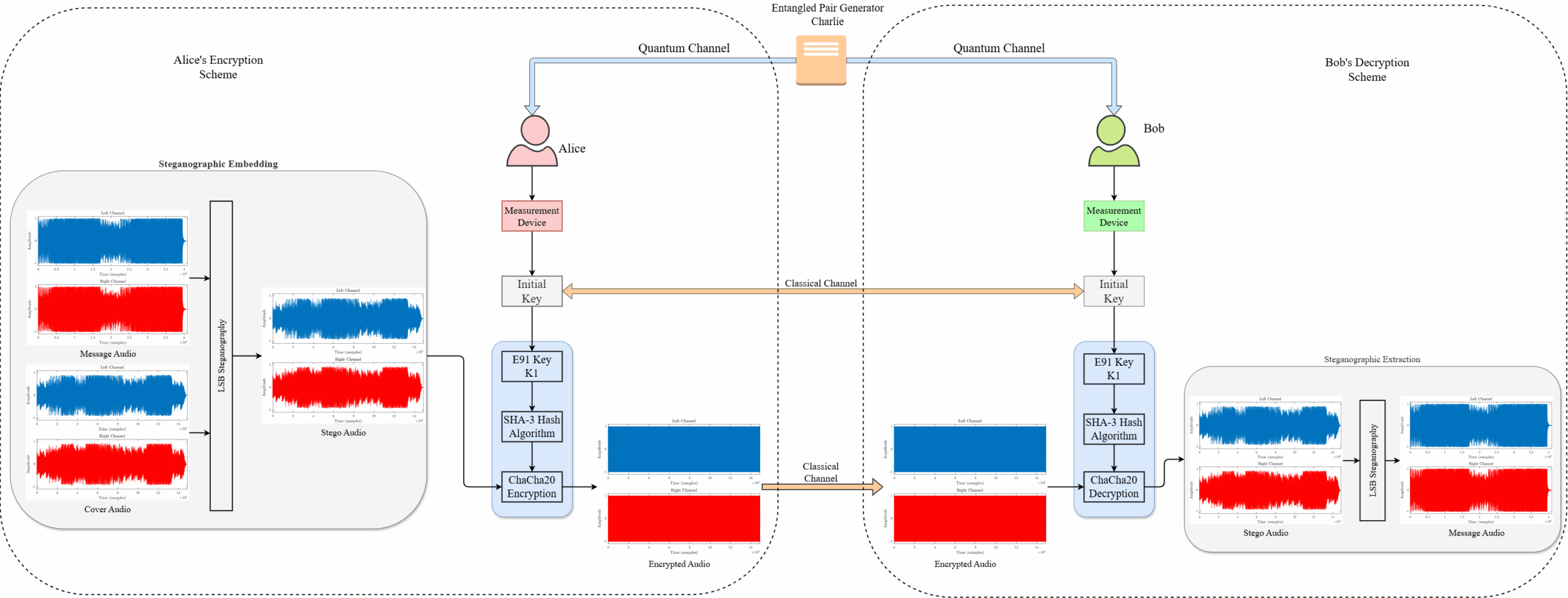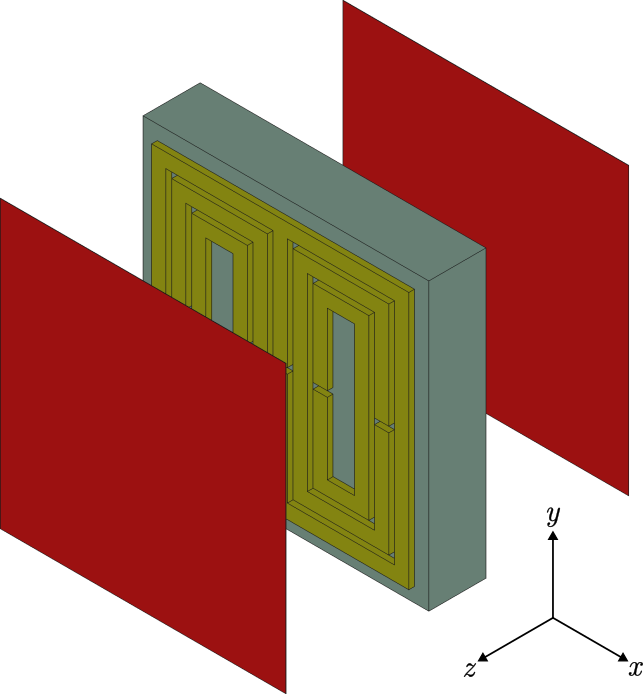Research
My research explores innovative solutions in secure communication and advanced sensing technologies, combining rigorous engineering with practical applications.
 Quantum Computing and Post-Quantum Cryptography
Quantum Computing and Post-Quantum Cryptography
Developed a quantum-secure audio communication protocol incorporating entanglement and elements of classical encryption.
Combined E91 QKD, with SHA-3 hashing algorithm, LSB steganography and ChaCha20-Poly1305 AEAD to facilitate secure audio transfer.
Analyzed encryption strength through entropy, UACI and NSCR analysis.
Analyzed resilience against eavesdropping in quantum channel through CHSH inequality.
Analyzed resilience against tampering in classical channel through authentication.
QSAC: Quantum-assisted Secure Audio Communication using Quantum Entanglement, Audio Steganography, and Classical Encryption.
Methodology: Incorporated E-91 Quantum Key Distribution with SHA-3 Hashing Algorithm, ChaCha20-Poly1305 AEAD and LSB steganography to develop a secure audio communication system. Quantum Entanglement and CHSH inequality provided eavesdropping detection scheme in quantum channel, while ChaCha20-Poly1305 provided security and authentication in the classical channel. SHA-3 hash provided a high-entropy encryption key for encryption and LSB steganography helped hiding the secret in another cover audio.
Outcome: Simulation results demonstrated strong encryption through metrics such as entropy, correlation coefficient, key sensitivity, UACI, NSCR etc. Consistency of secret message audio quality was verified through histogram and spectrogram analysis, as well as auditory evaluation. Security in quantum channel was demonstrated through violation of CHSH inequality in the presence of an eavesdropper, while the AEAD scheme provided protection against tampering attack in the classical channel.
Impact: Provides a robust hybrid quantum-classical encryption framework capable of protecting the threats posed by quantum computers, with potential applications in both military and civilian audio communication systems.

 Metamaterials and Biosensor
Metamaterials and Biosensor
- Designed and simulated a double-negative THz metamaterial-based biosensor for cancer cell detection.
- Used copper split-ring resonator arrays on FR4 substrate to achieve negative permittivity and permeability in the 0.6–1.8 THz range.
- Verified double-negative behavior through extracted material parameters (ε, μ, n) and identified resonance dips linked to surface current patterns.
- Achieved detection of refractive index changes between normal and cancerous cells with sensitivities of 0.32251 THz/RIU and 0.4125 THz/RIU.
- Demonstrated applicability for non-invasive biomedical diagnostics and label-free sensing.
Design of a Negative Refractive Index THz Metamaterial Biosensor for Cancer Cell Detection.
Methodology: Conceptualized and modeled a double-negative terahertz (THz) metamaterial unit cell consisting of two rectangular split-ring resonators oriented in opposite directions on a copper–FR4 substrate. The negative permittivity, permeability, and refractive index were validated from the effective parameter extraction by using CST Time Domain Solver. Conducted S-parameter, E-field, H-field, and surface current analysis to identify the resonance modes. Published a sensing layer to track alterations in transmission dips upon variation in the refractive index of the medium, including real biological specimens. Artificial refractive index sweeps and some forms of cancer cells were measured in their sensitivity.
Outcome: Recorded two different transmission dips at 1.085 THz and 1.58 THz, both with different surface current distributions. Measured double-negative behavior in the range of 0.6–1.8 THz. Recorded sensitivities of 0.32251 THz/RIU and 0.4125 THz/RIU, indicating capability of distinguishing between cancer and normal cell samples based on refractive index changes. Field distribution and current analysis also indicated high confinement and enhanced interaction with the sensing medium.
Impact: Presents a compact, ultrahigh-sensitivity THz biosensing system with the promise of non-invasive, label-free cancer detection. The approach uses double-negative metamaterials to achieve strong light–matter interaction, providing an avenue to quick, miniaturized, and low-cost diagnostic technologies for biomedical diagnosis.

